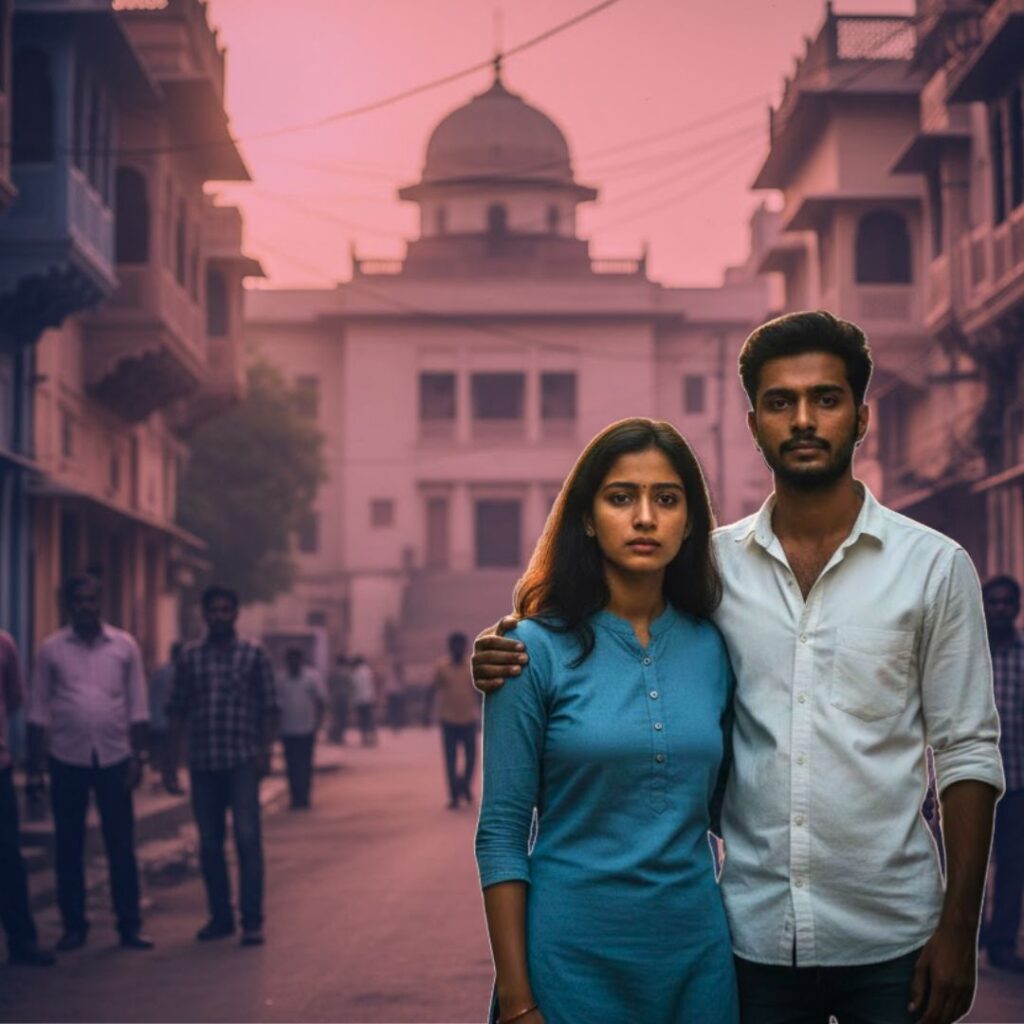In 2023, dowry-related crimes in India surged by 14%, with 15,489 cases registered under the Dowry Prohibition Act and 6,156 people losing their lives, according to the National Crime Records Bureau (NCRB). Uttar Pradesh reported the highest number of cases (7,151) and deaths (2,122), followed by Bihar and Karnataka.
The data reveals stark regional disparities, with 13 states reporting zero cases. Stakeholders, including women’s rights groups, stress the need for better enforcement, victim protection, and societal reform. No official statements from central government officials were available, but legal experts have called for urgent systemic improvements.
Surge in Dowry Crimes and Fatalities
The NCRB’s ‘Crime in India 2023’ report documents a sharp rise in dowry-related violence, with 15,489 cases filed under the Dowry Prohibition Act up from 13,479 in 2022. Tragically, 6,156 women died in dowry-related incidents, and dowry was cited as the motive in 833 additional murder cases.
Uttar Pradesh alone accounted for nearly half of all cases, with 7,151 filings and 2,122 deaths, while Bihar recorded 3,665 cases and 1,143 deaths. Karnataka followed with 2,322 cases. The data underscores a persistent crisis despite decades of legal prohibition
Enforcement Gaps and Regional Disparities
While 27,154 individuals were arrested, 22,316 men and 4,838 women, only 83,327 cases were under trial nationwide, indicating a backlog in judicial processing. Thirteen states and Union Territories, including West Bengal, Goa, Ladakh, and Sikkim, reported zero cases under the Act, raising concerns about underreporting or weak enforcement mechanisms.
Experts suggest that social stigma, fear of family backlash, and lack of faith in the justice system deter victims from filing complaints. In high-prevalence states like Uttar Pradesh, police often delay investigations or misclassify dowry deaths as suicides. NGOs advocate for mandatory training for law enforcement and the establishment of dedicated dowry crime cells to ensure timely and sensitive handling of cases.
The Logical Indian’s Perspective
The NCRB data is a grim reminder that legal frameworks alone cannot dismantle deeply entrenched patriarchal practices. Despite the Dowry Prohibition Act being in force since 1961, the practice persists in both overt and disguised forms, from cash and property demands to pressure for luxury gifts.
Real progress requires not only stricter enforcement but also community-level education to shift mindsets. Schools, religious institutions, and media must play a role in normalising equal marriages free from material expectations.












